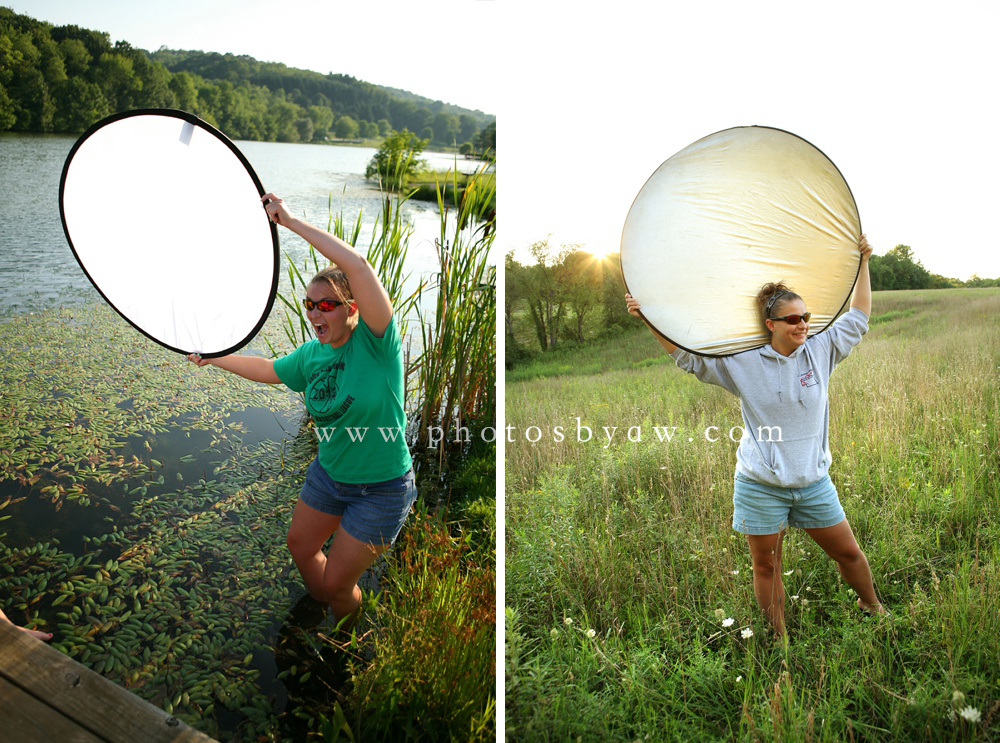

Hopefully a decent tripod manufacturer will come along and do this, one day. In the past Ive been hired to shoot eyelash campaigns where I needed the eye and the eyelashes completely in focus. Wouldn't it be nice if there was a tripod attachment that could hold angled reflectors in place so we didn't have to traipse around everywhere with extra support plamps to be able to do this. This technique can be extended and any colour or material can be used to create a nice background for your macro photo. This is one of the ways we avoid having a black background in a picture using flash, and aluminium foil is especially handy as this makes for a faint blue background depending on the angle, so can give the appearance of a natural blue sky. Making A Blue Sky BackgroundĪ great use for reflectors is to have one straight behind your extreme macro subject out in the field, bouncing the flash light back into the camera. Of course this depends on the size of the reflector, its position and its colour. In my experience the light that you get coming out from a reflector is usually at least a stop if not more lower than the main light. Frontal light can be quite flat, so adding a bit of side lighting by using reflectors will bring out a bit more detail in your image. Sometimes light coming from the front just isn't enough to make the image pop. A gold coloured reflector will add a nice warm tone to your image, and a black reflector has a sharp falloff. Reflectors don't need to be just white or silver. For example, one of the hoods I have for the anybrand Mp-e 65 has foil on it, for exactly this reason, to reflect light off the hood onto the specimen. Reflectors EverywhereĮven the smallest surface of your extreme macro setup can benefit from having a reflector on it to help give light where you need it. For the softest light, I use the paper side. Two of the four I have flat foil, shiny side out, for hard light, and two of them have the foil crumpled and matte side out for slightly softer light. I tape kitchen aluminium foil on one side and white printer paper on the other. My favourite macro reflectors are the homemade ones I have made out of A4 pieces of cardboard. Typical light loss is up to about two stops, so adding an extra reflector can give you an extra ¼ - ½ stop. Using A ReflectorĬommercial Metz flash reflector. They're not rocket science or brain surgery. White plastic milk jugs cut into shape make a great reflector too. One of the oldest methods is to use a simple note card and rubber band on your flash. We only have a limited number of light sources so another made out of nothing isn't such a bad thing.


Reflectors are used more in extreme macro in the field, but nevertheless I also use them in the studio. Its shape and design allow you to see all the angles of your tooth.Reflectors, unsurprisingly, reflect light. 【FEATURES】: Excellent dental exam tool, easy to use. The mirrors have been polished, rounded edges for patient comfortĥ. Coated with nickel chrome for better reflection. 【TRUE COLOR REPRESENTATION】: Real color representation. Compatible with cold sterilization and autoclave techniquesĤ. 【ORTHODONTIC REFLECTOR MIRROR】: High quality autoclavable chrome-plated double-sided photographic orthodontic intraoral glass mirror. Use five types of mirrors for different teeth. 【INTRAORAL MIRROR KIT】: Universal shape for occlusal images. Can also check the eyelash extensions clearly. 【TOOTH PHOTOGRAPHY MIRROR】: A dental instrument for examining the oral cavity and teeth. Package Contents: 1 * Orthodontic Materialsġ.


 0 kommentar(er)
0 kommentar(er)
